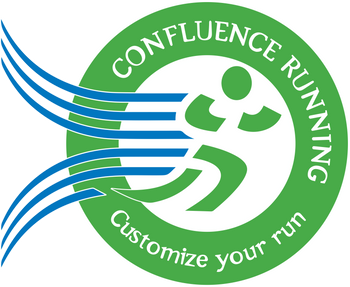Master the Long Run: Traffic Safety and Metabolic Boost
A Safe and Effective Long Run
Embarking on a long run is one of the most beneficial workouts you can do for overall cardiovascular fitness and fat-burning efficiency. When running for 40 minutes or more at a comfortable pace, your body shifts into a zone where it begins to release important hormones, improve capillary density, and enhance its ability to burn fat. This gentle, sustained effort not only strengthens the heart and lungs but also builds mental endurance.
Navigating Neighborhoods and Traffic
However, safety should be paramount, especially if your route includes roads without sidewalks, roundabouts, or school zones. Always run facing oncoming traffic unless a much safer shoulder exists on the opposite side. Wear reflective gear, use well-lit areas for crossing, and maintain single file in narrow spaces. Adhering to traffic protocols helps ensure each long run remains a rewarding and injury-free experience.



